The emerging COVID-19 subvariant JN.1 has been detected on the Chinese mainland and will likely become the dominant strain in the future, but it does not pose a substantial risk to public health, experts said on Sunday.
JN.1, which is of the same lineage as the Omicron subvariant BA.2.86, is the latest strain to catch the attention of global health experts. It has spread to at least 40 countries and regions and accounts for 30 percent of currently circulating variants, up from 4 percent in early November, according to the National Administration of Disease Prevention and Control.
China reported the first JN.1 domestic case in November, and as of Tuesday, seven domestic infections had been detected.
However, the administration said that currently, the dominant strain is EG.5 and its sublineages.
"The prevalence of JN.1 now is extremely low, but under the influence of international circulation of the emerging strain and imported cases, the possibility of JN.1 becoming the dominant strain on the mainland cannot be ruled out," the administration added.
Chang Zhaorui, a researcher at the Chinese Center for Disease Control and Prevention, said that the ratio of cases with BA.2.86 — which includes JN.1 — among total infections is very low, but has been rising fast since last month, which is in line with the global trend.
China has reported a total of 160 BA.2.86 infections since August, but no severe cases have been reported, Chang said at a news conference in Beijing on Sunday.
"The World Health Organization has determined that its risk of causing severe symptoms is low and its public health risk is low," she said, adding that experts in China have also said the variant poses a relatively low risk to public health.
"So far, China has found no unknown or novel pathogens and bacterium of respiratory illness," she added.
The virus that causes the COVID-19 disease is among several pathogens that experts said have contributed to a surge in respiratory illnesses in China this winter.
Mi Feng, a spokesman for the National Health Commission, said that the number of hospital visits with respiratory illnesses nationwide has been declining in recent days, as a result of efforts made in increasing fever clinics and hospital beds, as well as mobilizing grassroots and traditional Chinese medicine facilities to handle more patients.
"Fever clinics at grassroots medical institutions have handled 44 percent of total fever clinic visits nationwide," he said.
Mi also suggested that the public wear masks, take personal protective measures and get vaccinated to prevent influenza and other respiratory diseases.
Chang, the China CDC researcher, advised changing masks after visiting hospitals or coming in close contact with anyone suffering from respiratory illnesses.
Though some people wear cotton masks to weather the winter chill, Chang said that such masks cannot protect against respiratory pathogens. People are also being advised not to wear multiple masks.















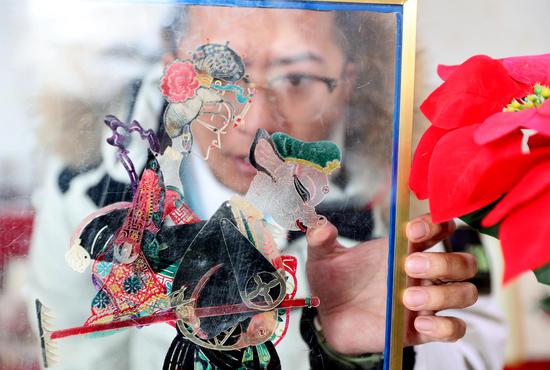

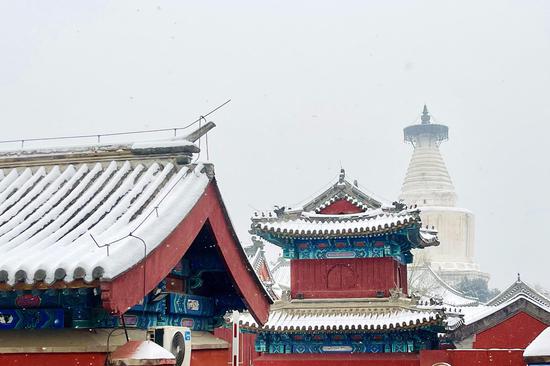








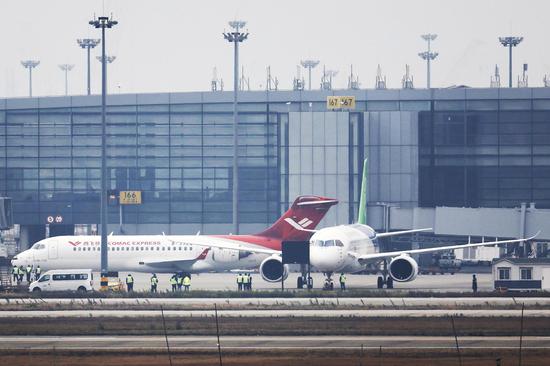



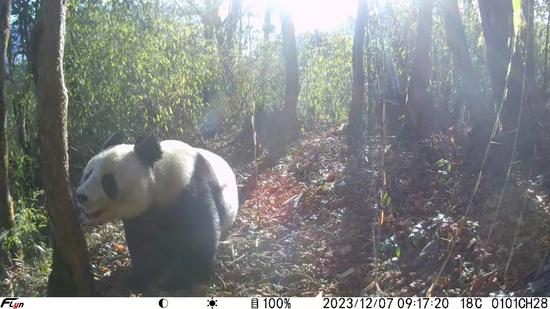







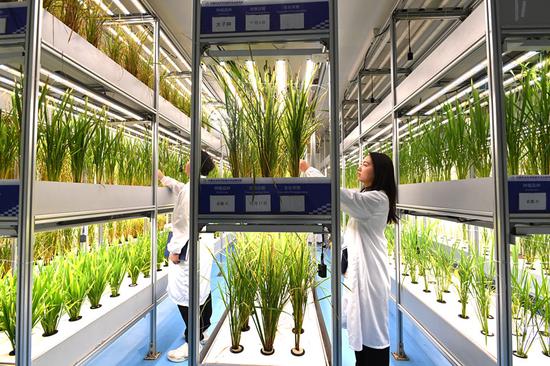











 京公網(wǎng)安備 11010202009201號
京公網(wǎng)安備 11010202009201號